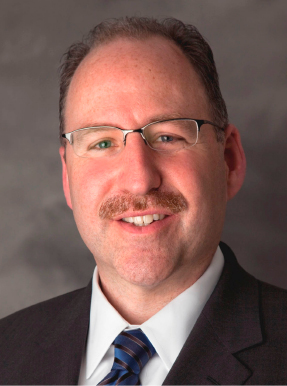
Although most experts declared the U.S. recession over in 2009, few executives are singing “Happy Days are Here Again.”
In the PR industry, at least, those experts seem to know what they’re talking about, Since 2009 the PR agency industry has been humming along rather nicely.
The PR agency industry last year grew to $10 billion worldwide, up 25% from 2009, according to The Holmes Report. Most exciting is anecdotal knowledge that more clients have broadened their horizons by expanding the scope of PR work beyond the traditional to accelerate growth trajectories. Not bad at all. That’s because instead of worrying, many PR firms were busy reinventing their organizations.
Some invested in acquisitions to expand their capabilities. For others, including me, the re-engineering had started before the recession and was part of long-term planning.
Regardless the paths we’ve chosen, central to all is the support of a resilient workforce. A generation ago, it was called “mental toughness.”
MENTAL TOUGHNESS
By definition, mental toughness is the emotional perseverance necessary to overcome adversity and stay focused, while emerging stronger after the transition. At a time of great uncertainty, mental toughness is in big demand. As a result, all forms of resilience training are being adopted in the workplace.
At Gibbs & Soell, we recently attended a program facilitated by the Center for Creative Leadership to explore what it takes to guide an organization through business gyrations. A key learning is that change is “situational” and an experience with clearly defined terms, while a transition is “psychological” and akin to the mourning process that precedes a new endeavor.
Even the U.S. military, a group known for its training to withstand physical and psychological pressure, has rolled out a program focused on conditioning its drill sergeants to be more resilient. How? By being more of an optimist.
DIMENSIONS OF OPTIMISM
The program, developed for the U.S. Army by the University of Pennsylvania, teaches the sergeants that optimism has very specific dimensions that contribute to achieving mental toughness. The most productive ways of behaving optimistically are to:
• Understand that failure in varying degrees happens with some regularity and cannot always be avoided, but it is temporary.
• Nurture a positive style of thinking that addresses rational concerns, but does not constantly dwell on the worst case scenario.
• Work to recognize and appreciate others’ strengths, and avoid jumping to conclusions especially when an individual initially struggles.
MALCONTENTS
Even when an optimistic point of view considers the harsh reality, does it still expose an organization’s vulnerabilities?
After all, some may say the American “can-do” spirit hasn’t delivered the immediate economic recovery many had hoped for. Frida Ghitis, a Miami Herald columnist, wondered “Is optimism really good for you?” in a CNN.com commentary. Ms. Ghitis wrote:
“It’s this kind of arrogance passing for self-confident optimism that gave us the economic mess we have had for the past five years. It’s the optimism that falsely promised home prices could only go up, so we should borrow as much as possible, regardless of income.”
SURVIVAL STRATEGIES
Obviously not all optimism is healthy, but firms can protect themselves by understanding that confidence cannot be selfish and must be rooted in optimism and generosity.
Gaining the prize is rarely a solitary win. Over time, organizations whose teams build up their resilience can embed into their culture certain survival strategies, which help them ride out rougher business conditions. Leaders should ask these questions about their teams:
• Expertise. Do they possess the know-how to help others facilitate their organization’s transitions? Can they recognize the obstacles that stand in the way of moving forward with a change?
• Experience. Will they be capable of drawing from practical knowledge or firsthand observations to find ways of coping with change? How will they use this information to counsel clients with their own change management situations?
• Network of resources. Do they have the right tools and support to help catalyze change in our organization?
Whether you call it resiliency or mental toughness, one thing’s for sure: When the going gets tough, the tough head to the sunny side of the street. PRN
CONTACT:
Luke Lambert is president and CEO of PR agency Gibbs & Soell. He can be reached at [email protected].
